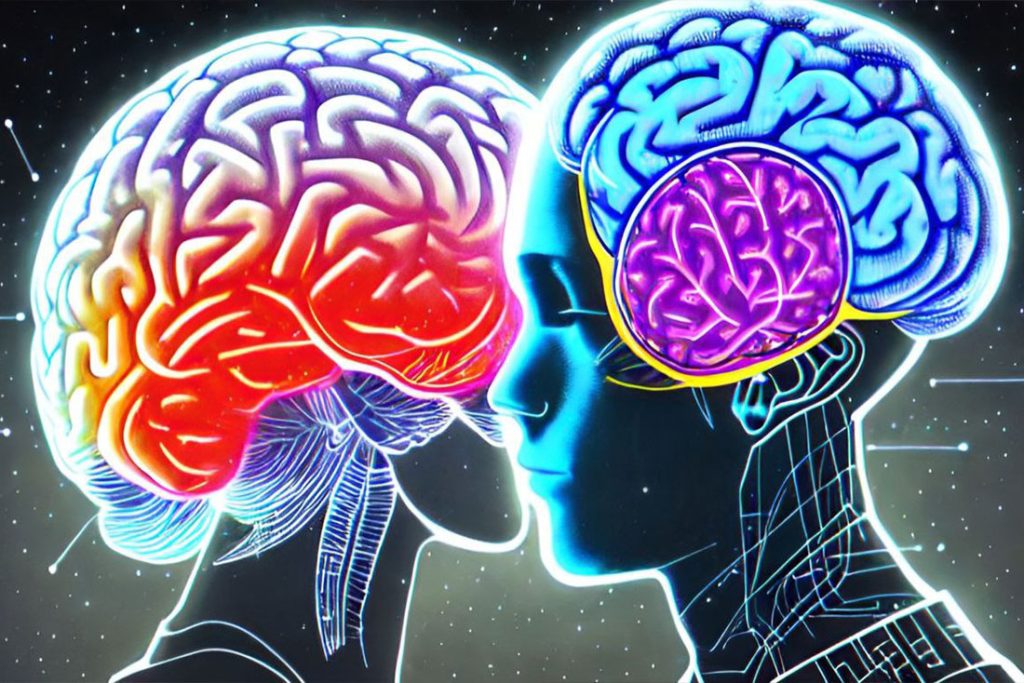Understanding Sensory and Motor Nerves: The Basics of Nervous System Function

Sensory and Motor Nerves
Sensory Nerves
Relaying Information to the Brain Sensory nerves, also known as afferent nerves, serve as messengers, carrying sensory information from the body’s sense organs to the brain and spinal cord. These nerves detect external stimuli, such as temperature, touch, sound, smell, and taste, and transmit signals to the central nervous system for processing. Key points about sensory nerves include:
- Afferent Pathway: Sensory nerves follow an afferent pathway, transmitting impulses from the peripheral tissues to the central nervous system.
- Receptors: Nerve endings or receptors are located close to the surface of the skin and within various organs. These specialized structures detect stimuli and convert them into electrical signals.
- Impulse Transmission: Once the receptors detect a stimulus, sensory nerves transmit electrical impulses from the receptors to the brain and spinal cord for interpretation and processing.
- Integration and Perception: The brain interprets and perceives the sensory information received from sensory nerves, allowing us to make sense of our surroundings and respond accordingly.
Motor Nerves
Initiating Movement and Responses Motor nerves, also known as efferent nerves, carry impulses from the brain and spinal cord to the muscles or glands, initiating movement and other responses. These nerves enable voluntary and involuntary muscle contractions and control the functioning of various glands. Key points about motor nerves include:
- Efferent Pathway: Motor nerves follow an efferent pathway, transmitting impulses from the central nervous system to the target muscles or glands.
- Muscle Control: Motor nerves play a vital role in muscle control, allowing us to perform voluntary movements, such as walking or writing, and involuntary movements, such as the contraction of heart muscles.
- Glandular Control: Motor nerves also regulate the functioning of glands, controlling the release of hormones and other substances necessary for bodily functions.
- Impulse Transmission: When stimulated by the central nervous system, motor nerves transmit electrical impulses from the brain or spinal cord to the muscles or glands, initiating the appropriate response or movement.
Reflexes: Simplest Form of Nervous Activity
Reflexes represent the simplest form of nervous activity, involving the coordination of sensory and motor nerves to produce an automatic response. In a reflex, a sensory receptor detects an external stimulus and quickly sends an impulse along a sensory nerve to the spinal cord. In response, an impulse is sent along a motor nerve to the appropriate muscle, causing an immediate reaction. For example, removing your hand from a hot object quickly is an automatic reflex response that protects you from harm.
Sensory and motor nerves are integral components of the nervous system, working together to facilitate communication between the body and the brain. Sensory nerves transmit sensory information to the central nervous system, allowing us to perceive and interpret our environment. On the other hand, motor nerves enable movement and response by transmitting signals from the brain and spinal cord to the muscles and glands. Understanding the functions of these two types of nerves provides insights into the intricate workings of the nervous system and its role in our daily lives.











